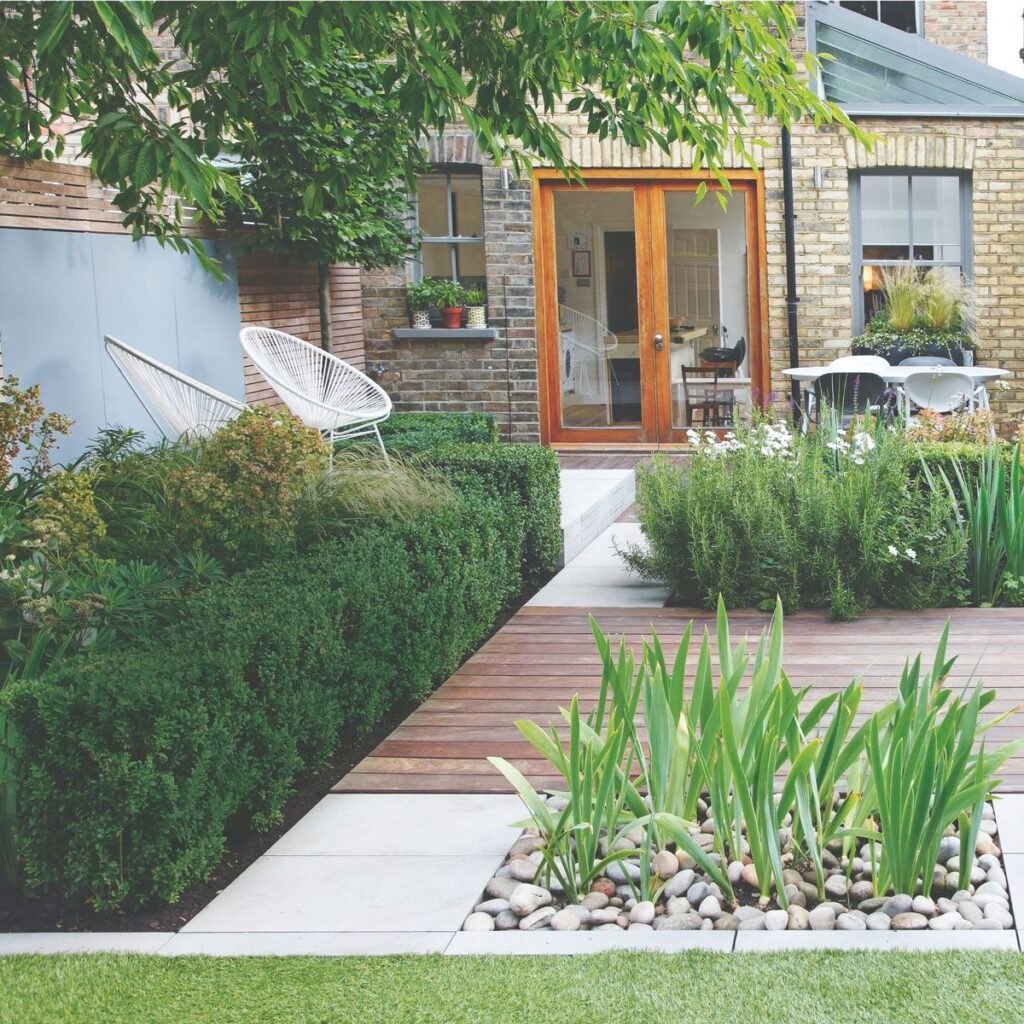The growing season is finally winding down, and many flowering plants have come to the end of their blooming period. If you’re planning your to-do list for the weekend, you might be wondering what to prune in September.
There are plenty of jobs to do in the garden in September, but pruning is arguably one of the most important tasks if you want to ensure healthy growth next year. Many of us wonder about the difference between pruning and deadheading, but at this time of year, you’ll want to be cutting some plants right back.
We’ve rounded up a list of what to prune in September to help you figure out what you should be trimming this month.
What you’ll need
Kent & Stowe Rigger Gloves
Kent & Stowe Eversharp Lite All Purpose Bypass Secateurs
1. Summer-fruiting raspberries
If you’re wondering when to prune raspberries, September is the perfect time to cut back summer-fruiting varieties. Learning how to prune raspberries successfully will ensure you’re cultivating healthy plants, and may even encourage a bumper crop next year.
‘Pruning summer-fruiting raspberries now will help to remove old, unproductive canes, allowing for better air circulation and sunlight penetration,’ explains Mark Dwelly, Head Gardener at Audley Villages. ‘By removing the old canes that bore fruit this summer, you’re making way for new, vigorous canes to grow. These new canes will produce the raspberries you’ll enjoy next season. It’s like giving your raspberry patch a fresh start.’
Removing diseased canes can also minimise the spread of garden plant pests and diseases. ‘It’s encouraged to regularly prune, as it can lead to a higher yield of fruit the following year,’ Mark adds.
2. Blackberries and hybrid berries
Raspberries aren’t the only fruit on our list of what to prune in September. If you’ve been lucky enough to enjoy pickings from your blackberry or hybrid berry bushes this summer, you might be wondering what to do with the plants after they stop fruiting.
‘A good time to prune blackberries and hybrid berries is after they’ve finished fruiting in early September,’ says Nicola Bradley, head gardener at The Lost Gardens of Heligan in Cornwall. ‘In most cases, the plants only produce fruit on two-year-old stems, so once the fruit is cut from the stems at ground level, it trains any new stems produced in the future years to come.
‘Pruning out the old, fruited wood each year encourages new growth and keeps the plants vigorous and productive.’
Before you use your secateurs, remember that learning how to clean garden tools properly will prevent the spread of diseases between plants.
3. Yew hedges
Yew is one of the best hedging plants you can add to the garden, grown as a neat bordering hedge or pruned into an ornate topiary plant. It makes our list of the best evergreen plants for pots, after all.
Give your yew hedges a trim this month, just before the colder months hit. Luckily, learning how to prune hedges is easier than it looks.
‘Whether a hedge is formal or informal, regular pruning will help keep the hedge healthy and encourage new growth,’ says Nicola. ‘Pruning helps create dense growth providing privacy, hiding ugly views and helping to block out noise and pollution.’
Remember that yew is poisonous, so take extra care when handling, especially around pets and children.
4. Lavender
If you haven’t ticked this job off your gardening list already, there’s still time to learn how to prune lavender this month – just try to do it as early in the month as you can.
Lavender plants should be pruned after flowering to encourage healthy growth the following growing season. You can even learn how to take lavender cuttings to propagate your own plants at home.
5. Foxgloves
Gardeners often wonder what to do with foxgloves after flowering, and they make our list of what to prune in September – if they’re a perennial variety, that is. Cut the stems right back to the base of the plant in preparation for next year’s blooms.
That said, you can also cut back biennial foxgloves if you want to keep the plants under control after flowering. ‘If you want to prevent them from self-seeding and spreading uncontrollably, you can remove the flower stalks after they have finished blooming,’ says Nicola from The Lost Gardens of Heligan. ‘This will also encourage the plant to produce more basal rosettes, which can be divided and replanted.
‘If you’re not interested in saving seeds, you can remove the entire plant after it has finished flowering. This will make room for new seedlings to grow next year.’
FAQs
Is September a good time to prune hedges?
Working out the best time to cut hedges can be tricky, especially when you’re trying to be mindful of wildlife.
‘When pruning hedges, it’s very important to check there are no nesting birds,’ advises Nicola from the Lost Gardens of Heligan. ‘It’s an offence under the Wildlife and Countryside Act to damage or disturb a nest whilst it’s being built or used, so waiting until September to prune is a good way to avoid any chance of this.’
Can I prune box in September?
Knowing how to trim a box hedge is one thing, but knowing when to prune your plants will ensure you aren’t stunting healthy growth.
You can lightly trim box in September, once the main growing period is over, to neaten it up in time for the colder months.
So, there’s our list of what to prune in September – which plants will you be cutting back this month?
Read the full article here

